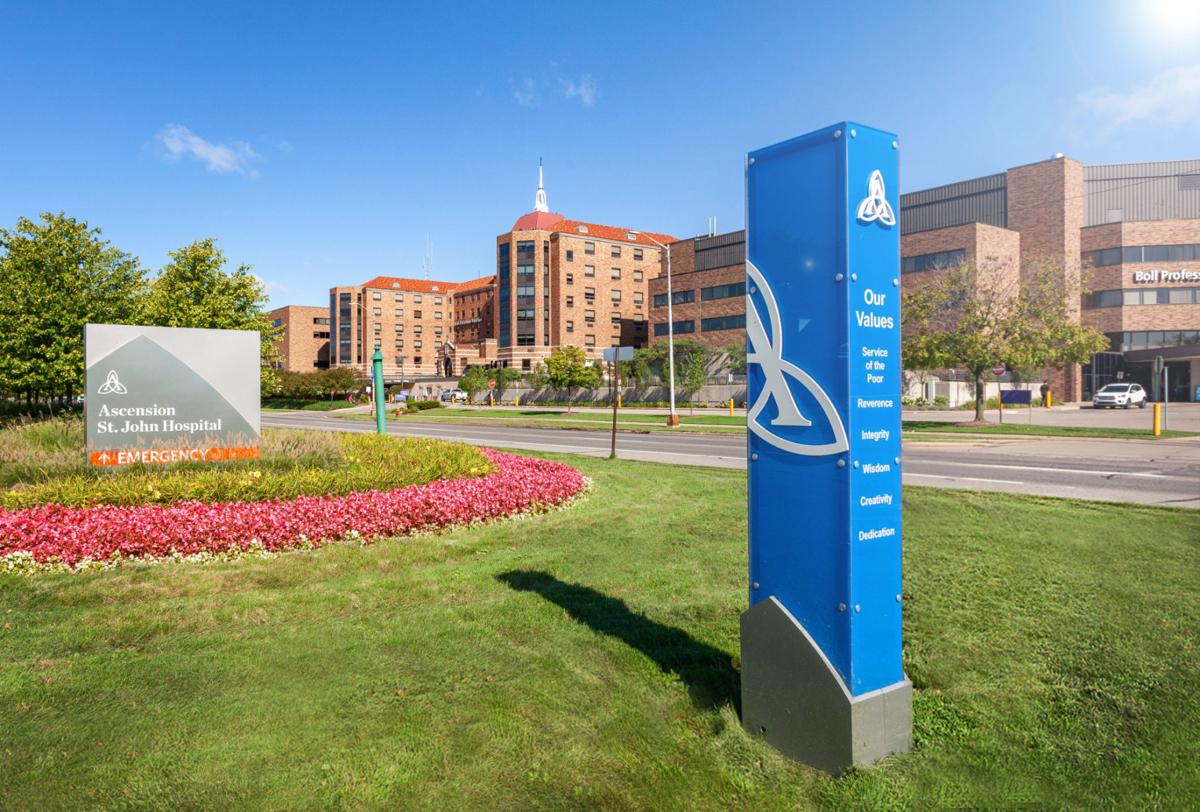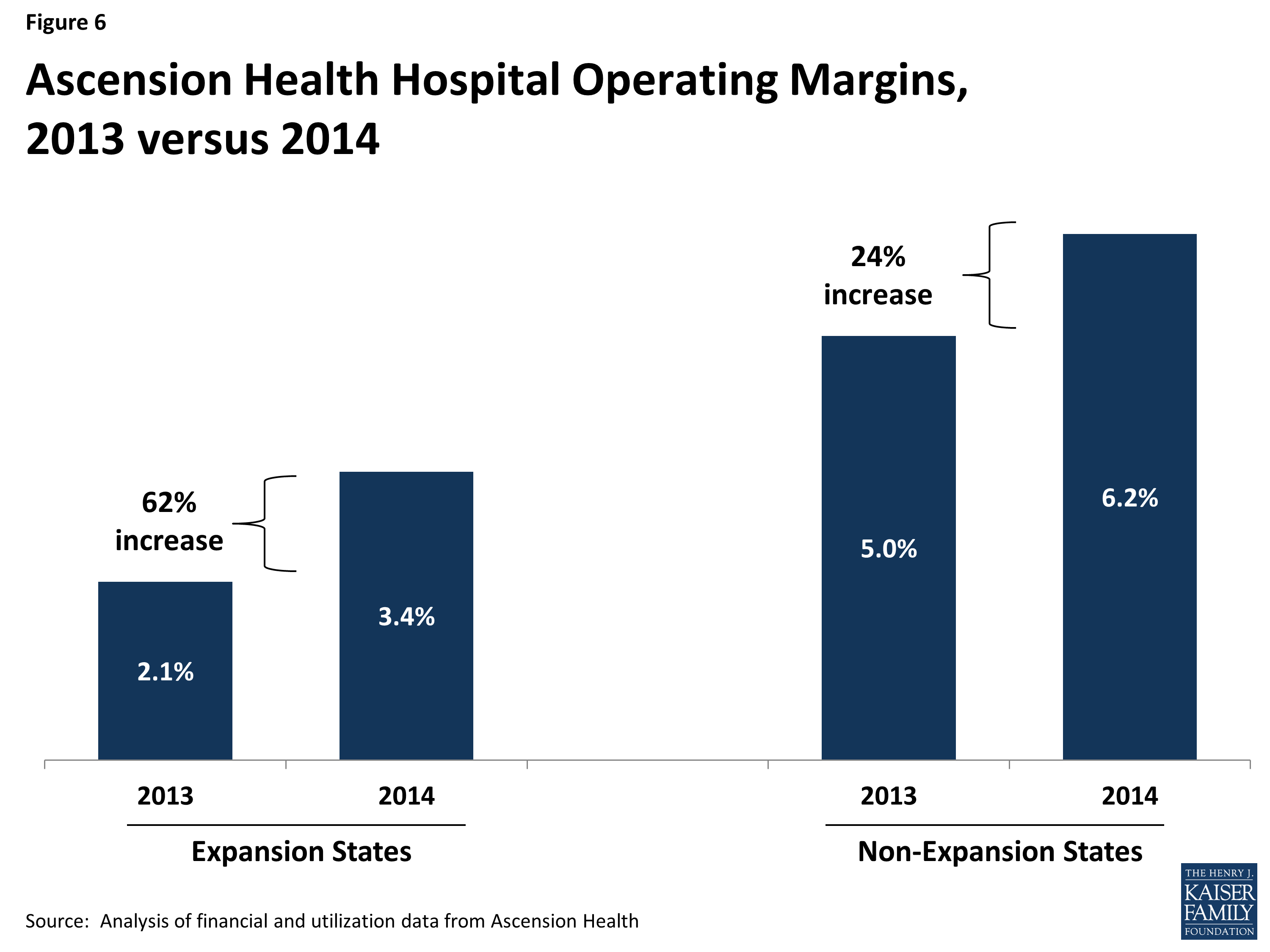

In addition, Ascension’s chief financial officer and five executive vice presidents all earned anywhere from $2.8 million to $8.3 million that year.

His 2014 compensation topped that of every other executive at 100,000 nonprofits in the nation. As Urban Milwaukee reported in 2018, he earned $13.9 million in compensation in 2015, $17.5 million in 2014 and $14.3 million in 2013 as Ascension’s President and CEO. Tersigni has long been the biggest money maker at Ascension Health. It is run by Anthony Tersigni, Ascension’s previous chief executive, who is paid $11 million to oversee the company. As a story by the New York Times found, it has $18 billion in cash reserves and in addition, runs an investment company that manages more than $41 billion. In the year ending in June 2020, beside the more than $7.2 million paid to Impicciche, a former officer Patricia Maryland was paid nearly $16.4 million and Vallier collected nearly $2.9 million.īut that’s only the beginning of Ascension’s money. Two other executives earned well more than $3 million.īig payouts to retired executives seem common. Its CEO Joseph Impicciche was paid more than $13 million in compensation and retiring executive Herbert Vallier more than $7.6 million. Its most recent federal 990 tax form, for the year ending in June 2021, shows it had total net assets of $53 million, including $31.8 million in investments, and had a net income of profit of $8.7 million for that year. Chris Larson condemned Ascension, calling it “a profit machine that punishes the sick and rewards the greedy.”Īscension operates facilities at more than 2,600 sites in 20 states and the District of Columbia with 229 total hospitals, 170 urgent care centers and 50 senior living facilities. South Side Common Council members lamented the negative impact on the health of residents in their districts and state Sen. “This leaves many patients with a much longer time driving or to rely on public transportation to get the care they need.” Joseph’s,” an op ed by the nurses serving the hospital noted.

Open communication among all patient caregivers was extended and served to provide improved patient care throughout the hospital.“We told administrators that this will be devastating for the community and patients we serve, to which they flippantly replied that patients can go to Columbia St. On the basis of the success in the ICU, the concept of MDR teams eventually was adapted and spread to all units. STV found by starting the change process through the use of a flexible MDR team, the hospital was able to successfully implement positive changes in its ICU culture. SJHMC saw the benefit of having the physical presence of the ICPs in the ICUs, providing the staff with on-the-spot reinforcement of the initiative. Through the use of ventilator bundle, central line (CL) bundle, MDRs, and daily goal sheets, both facilities reduced CR-BSIs and VAPs by more than 50%. Vincent's Hospital (STV), designated alpha sites, developed best practices for the prevention of catheter-related blood stream infections (CR-BSIs) and ventilator-associated pneumonia (VAP), respectively.īoth hospitals used the Institute for Healthcare Improvement model of "bundles" to achieve the goal of reducing nosocomial infections and also implemented multidisciplinary rounds and the use of daily goal sheets in the intensive care unit (ICU). John Hospital and Medical Center (SJHMC), and St. Eliminating nosocomial infections was identified as one of eight priorities for action for Ascension Health.


 0 kommentar(er)
0 kommentar(er)
